Beethoven would love this music stand. And so do we

Roger Myers's Federal music stand is featured in the Gallery in FWW #255.
This Federal-style music stand, featured in a recent article in the Guild of New Hampshire Woodworkers magazine (#22, Fall 2015) caught our attention and we asked maker Roger Myers of Stratham Wood Studios if we could share a photo of it in the Gallery for FWW #255.
Not only is it a complicated piece with its tripod base, saber-style feet, six-sided column, and adjustable tablet, but most of the surfaces are also enhanced by inlay and stringing. Myers says his goal in making the stand was to learn new techniques and advance his skills in inlay work, and as he says in the article, “The only things you cannot accomplish for certain are the things you never attempt.”
So he broke it down into small, manageable tasks and figured out how he was going to complete each task before he started. Sketches led to detailed full-size drawings, and examples of other stands in the student portfolios at North Bennet Street School helped with the inspiration. The primary wood is mahogany; the inlay is Brazilian satinwood with ebony and holly stringing.
When I asked him to expand on one of the new techniques he learned with this piece, Myers pointed to the six-sided, curved column, which is inlaid with the satinwood and holly stringing. “This required a different approach to creating the cavity for the satinwood field and new techniques for inlaying the stringing between the field and the column,” Myers said.Also, “the construction of the column with the interior six-sided recess to accept the post was all new to me.”
The joinery is complex. The six-sided support post fits snugly into the column and mates with an adjustable bracket attached to the back of the tablet. The column is hexagonal in most of its structure but the top and bottom are round. The feet are tapered and attached to the bottom of the column with dovetails. And that’s before any of the inlay is added. Inlaying the tapered columns and the legs required templates, drawings, and some shopmade tools. Myers did all this inlay work with hand tools only. He does not recommend using a router or other power tool to excavate the cavities for the inlay. “The level of control and precision is much better with hand tools and the level of risk is much less.”
One of the details in the inlay will be appreciated by the musician who uses the stand. The banding around the tablet is composed of small sections of ebony and holly. If you examine the inlay closely, you can see that the ebony inlay is located on several different horizontal levels, or rows. Each row represents a line on the musical staff. The short and long ebony segments represent notes. The second section of short and long notes is placed a level below the preceding section on the “staff.” This layout is not random. It is designed to represent the first four measures of Beethoven’s Fifth Symphony.
“It is subtle,” Myers said. “But musicians have picked up on it.”
Asked if he had any advice for woodworkers contemplating their first such piece, Myers said, “Break the project down into a number of small and manageable tasks. Learn and understand each of the individual tasks and processes and how they fit together. Practice the techniques that are new to you. And perhaps the most important, do not be afraid to start and make some mistakes. Mistakes are an important part of the learning process. And trying to make things perfect while you are learning leads to paralysis.”
Would he make another? “Yes, music stands are a challenge to execute and a joy to make.” But right now, Myers is busy working on some reproduction Portsmouth, N.H., furniture from the Federal period as well as some inlaid boxes. He also has a number of commissions in progress including a cherry pie safe. His demilune table received Best in Show at the New England Fine Furnishings Show last fall.
To see more of Myers’s work, go to www.strathamwood.com.

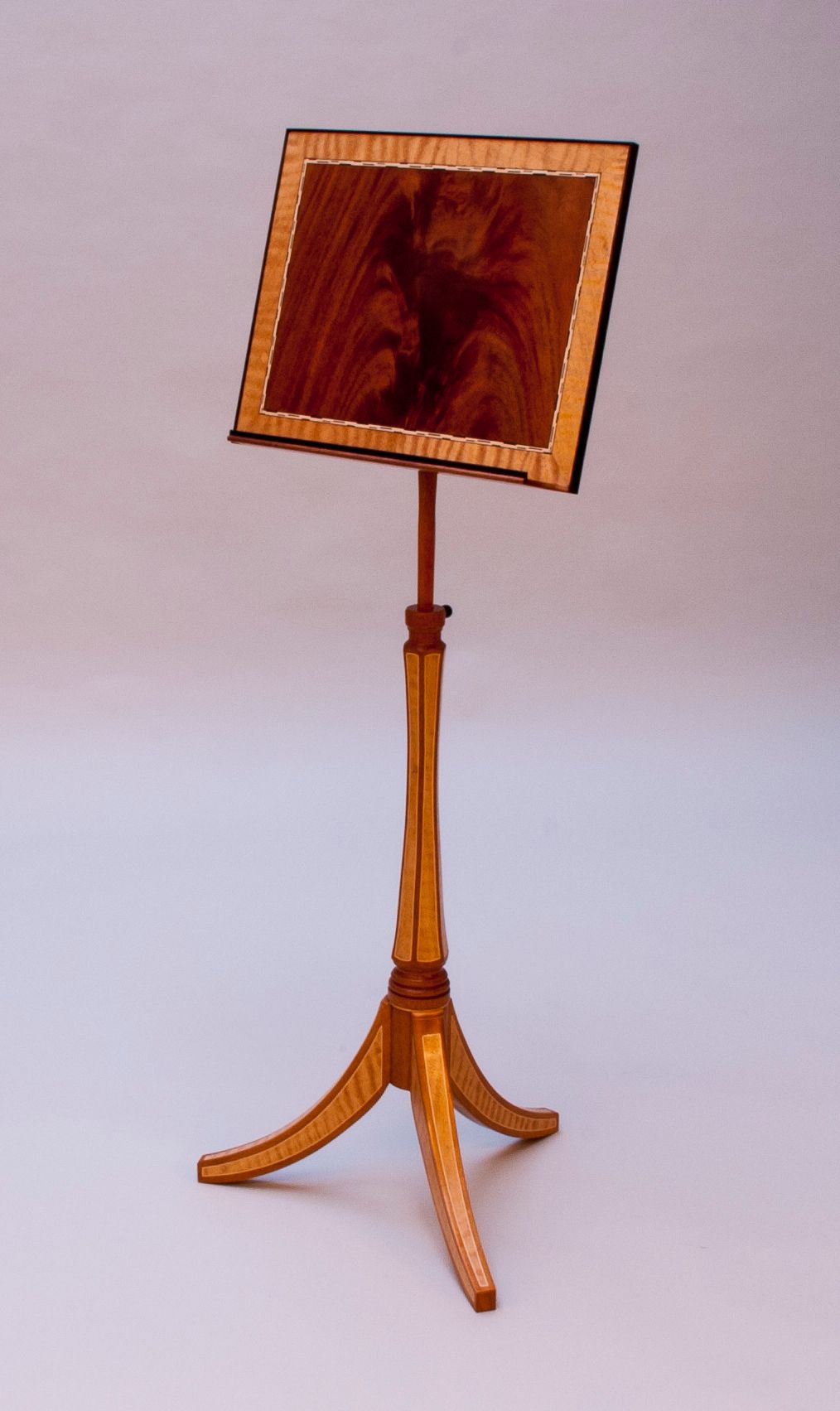
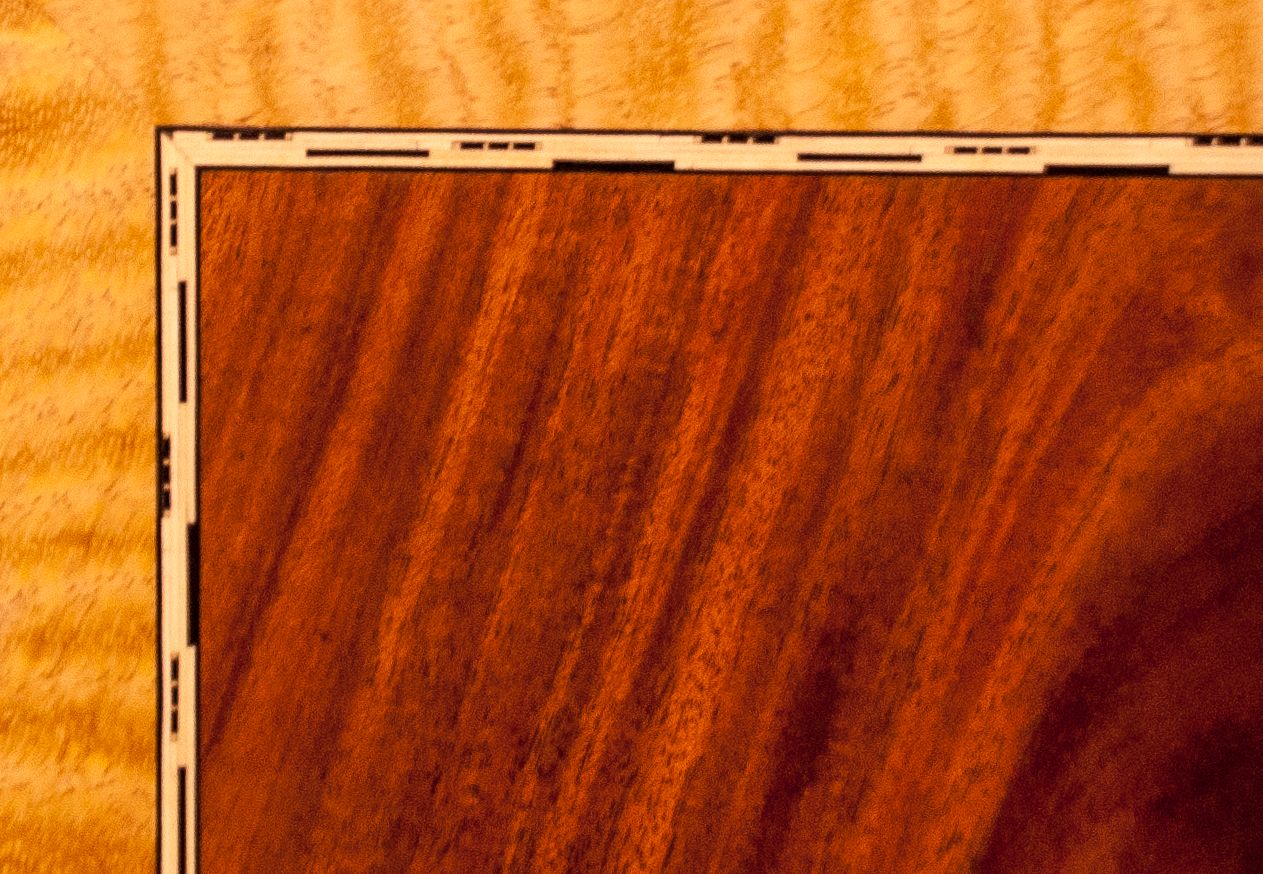
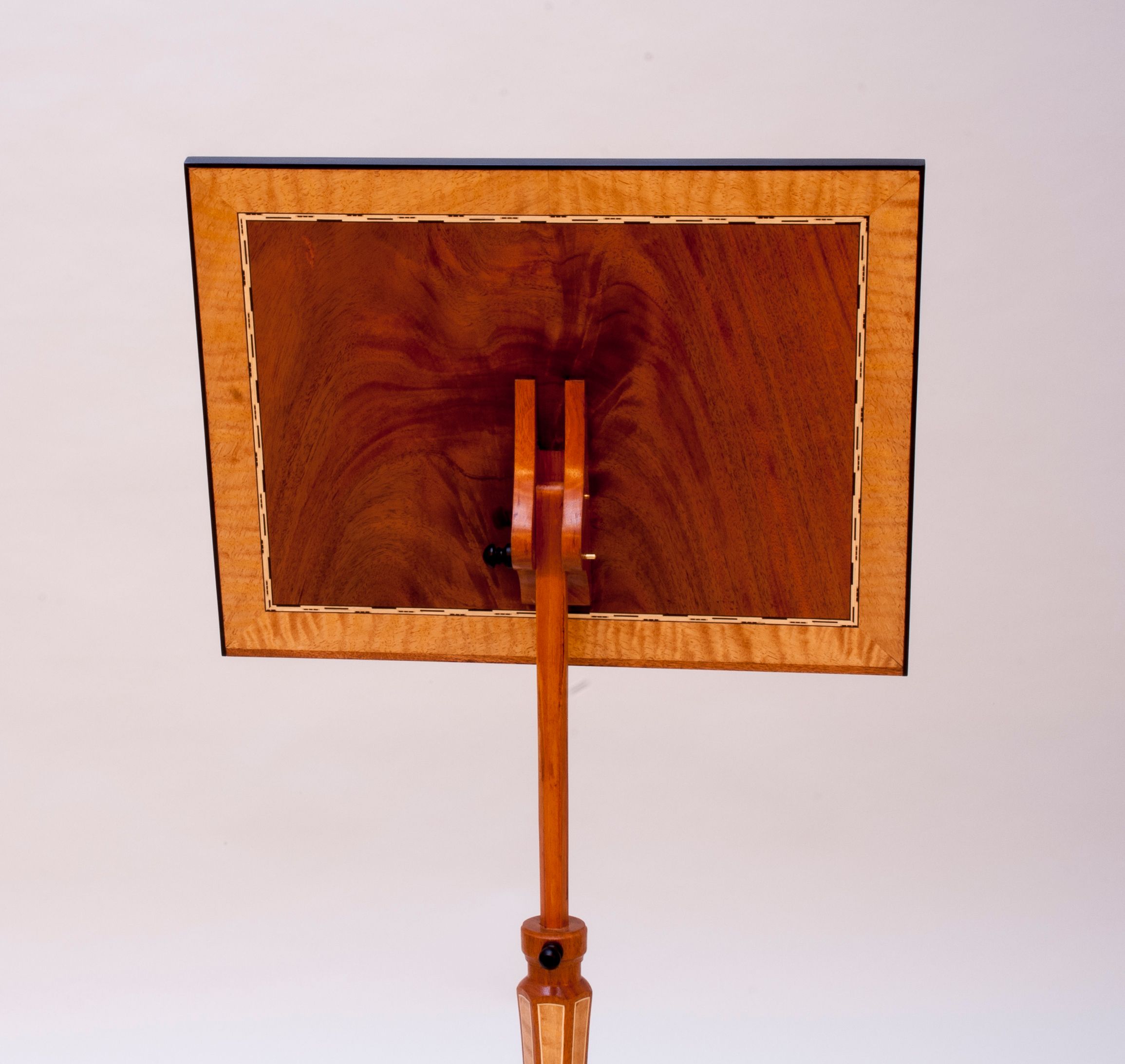
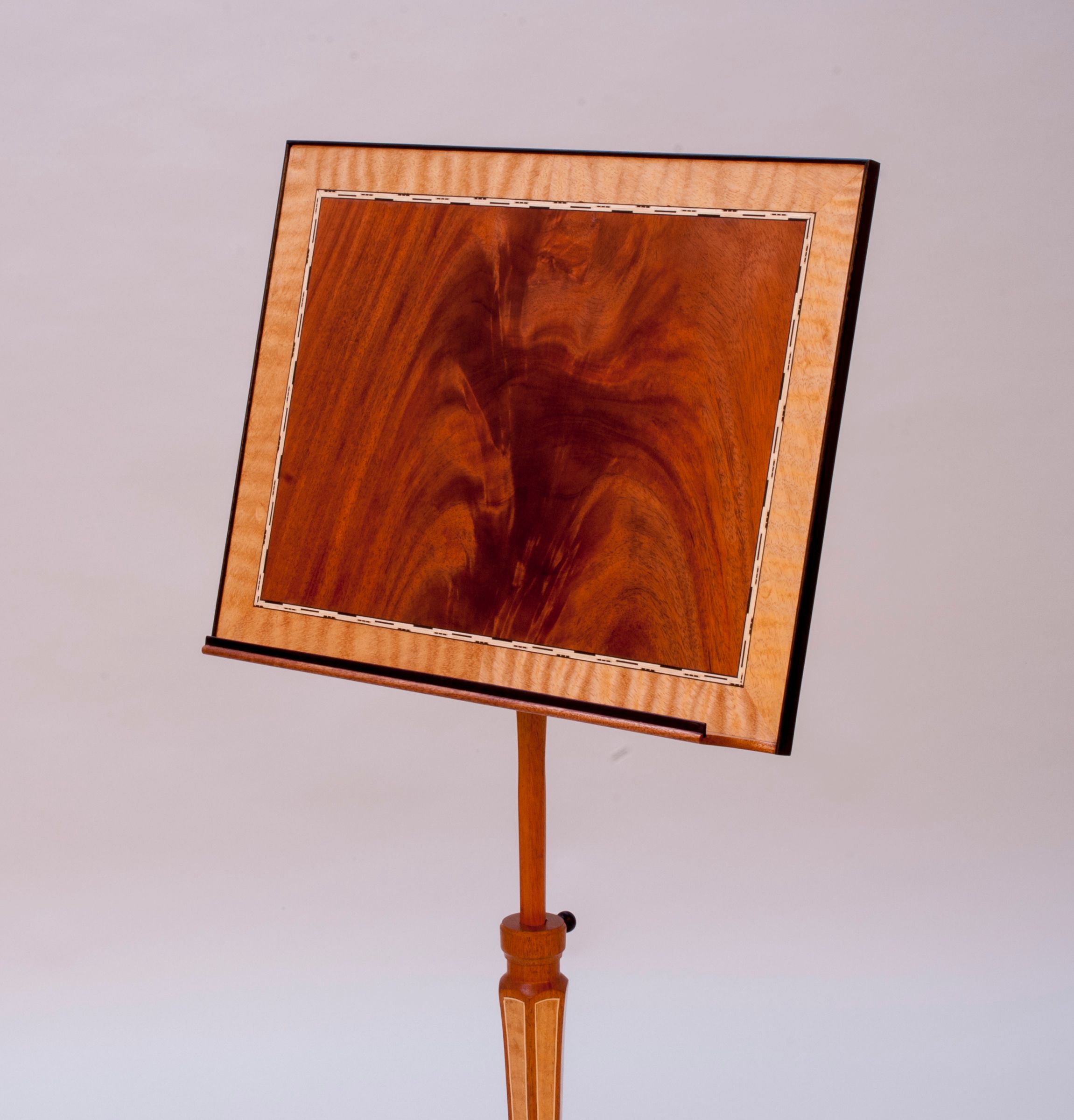




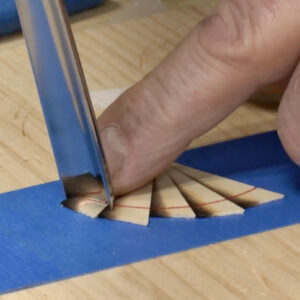
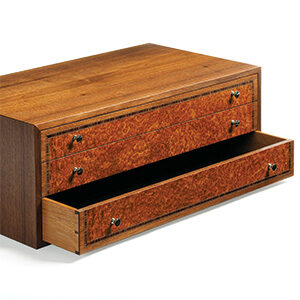
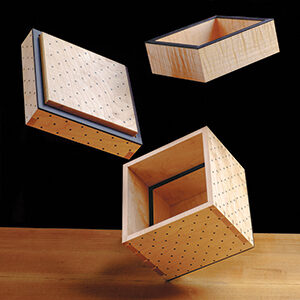











Comments
Nice job! And congratulations on the attractive title, the mentioning of Beethoven is catchy!
Download over 16,000 WOODWORKING PLANS at here tiny.cc/woodboat Woodworking guide offers anyone of any skill level the ability to build amazing projects. The guide is extra helpful because it offers more detailed explanations, videos and blueprints then your typical woodworker magazine .
Hope it will help you next time !
Log in or create an account to post a comment.
Sign up Log in